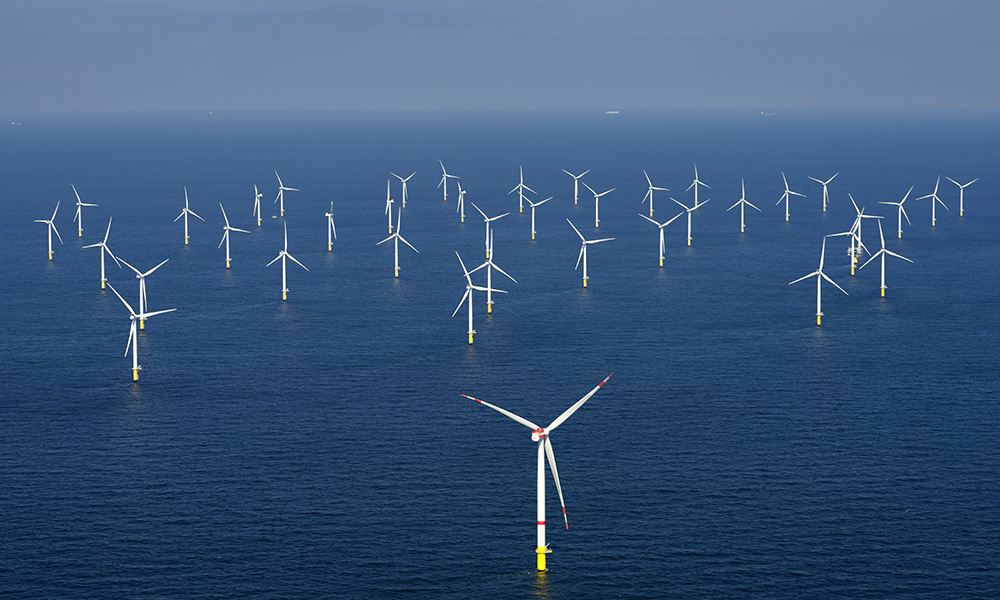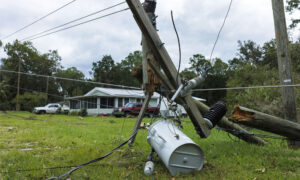A new study co-authored by a USC Price professor finds that generating electricity with wind turbines off the coast of California is an even more attractive option than it was at the beginning of the decade. That was until the Trump Administration put a temporary halt this week to new leases for offshore wind on all areas of the continental shelf, including California.
What the study found: The study, which was published in the journal Energies, concludes that offshore wind (OSW) generation is on the verge of becoming cost-competitive with most other energy sources. It can also improve the reliability of electricity and provide substantial co-benefits, reducing ordinary air pollution as well as greenhouse gas emissions that cause climate change.

What they’re saying: “Offshore wind is a major untapped resource that holds significant economic and environmental promise, especially in California,” said the study’s lead author, Adam Rose, Professor (Research) at the USC Price School of Public Policy. “A prudent strategy to meet our energy and environmental goals at the lowest possible cost is to diversify our portfolio of renewable energy options to include OSW.”
About those economic benefits: The report, which synthesized findings from 153 previous studies, estimated that the OSW industry in California could create up to 450,668 jobs overall in construction and 17,273 jobs per year in operation and maintenance. Building enough OSW to help the state meet its goal of 100% carbon-free electricity by 2045 could contribute up to a total of $54.5 billion to California’s gross domestic product (GDP). Operations and maintenance would top out at another $2.3 billion in GDP annually.
But what about the whales? President Donald Trump has repeatedly said that offshore wind turbines kill whales and birds – part of his justification for a moratorium on new OSW projects. The study acknowledges that there are six potential adverse effects to the environment but that “most, if not all, of these challenges can be actively addressed.” Experts attribute an increase in whale deaths along the East Coast to entanglement in fishing gear and ship strikes. Disease, starvation, parasites – and climate change – may also be contributing factors.
Yes, but: The study notes a host of barriers that need to be overcome for OSW to flourish. They include shortages of transmission lines, inadequate seaport infrastructure, and insufficient supply chains, among others. “Furthermore,” notes the study, which was conducted before the Trump Administration was inaugurated, “changes to the national political climate from the 2024 election could drastically impact current investments in OSW and other renewable energy.”





